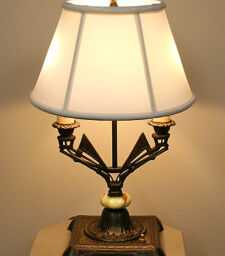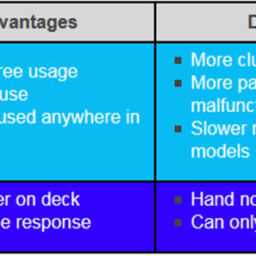Electricity in safe, closed systems brings convenience to modern life. When those systems fail, the result may not only be inconvenience, but also severe electric shock. The electrical industry has developed numerous practices to ensure safety. One such practice is the cable hipot test (high potential test).
This test is a method of testing the integrity of the insulation of electrical cables. It is performed to expose any potential problems in an electrical cable or system that could cause harm or shock.
This type of testing will expose weaknesses in electrical cables and insulation that may not be seen under normal operating conditions using standard voltage levels. These problems may appear in the cables themselves, as well as in splices and terminal connections. Potential weaknesses include cracked insulation, unattached wires, and conductive contaminants.
In order to find problems in a system, higher than normal voltage is sent through cables during this test. Testing units monitor the excess voltage being introduced through a system while simultaneously measuring the leakage current. Leakage indicates near shorts that leak voltage during the test due to the excessive current being applied. These near shorts can indicate trouble spots, such as poor insulation or installation errors.
There are different types of hipot testing. An insulation resistance test is used for cables to show the resistance of cable insulation. This test uses steady DC current. It is more accurate and safer to use DC current for such a test than to use AC current. In addition, DC testing equipment is more portable and much less expensive than AC testing equipment.
There are two specific situations when cable hipot tests are administered. One is to test new installations, and the other is to test existing systems.
Special consideration is required when testing older electrical systems. Excess current may damage the aging insulation of certain types of cables. This type of testing is not recommended by the electrical industry for cross-linked polyethelene (XLP) or ethylene propylene rubber (EPR) cables that have been in use for more than five years. However, paper insulated lead covered (PILC) cables with over five years of service may be tested with DC testing units.
By sending excess voltage through electrical cables, it is possible to find potential problems that would not appear during normal operation with standard current levels. The cable hipot test is an invaluable way to give electrical professionals a clear view of the quality and safety of their installations.
BY by GAHZLY
El Sewedy wire prices 2022
#Cable #Hipot #Test #Safety #Assurance #Electrical #Installations




